Why mobility justice?
A broad focus on equity promotes social equality, inclusion and reduces conflicts for social harmony. Mobility equity increases acceptance and support for projects. It is crucial for sustainable development as it increases the use of active transportation and reduces emissions. Fair accessibility improves educational and work skills and fulfills basic needs, leading to higher quality of life and satisfaction.
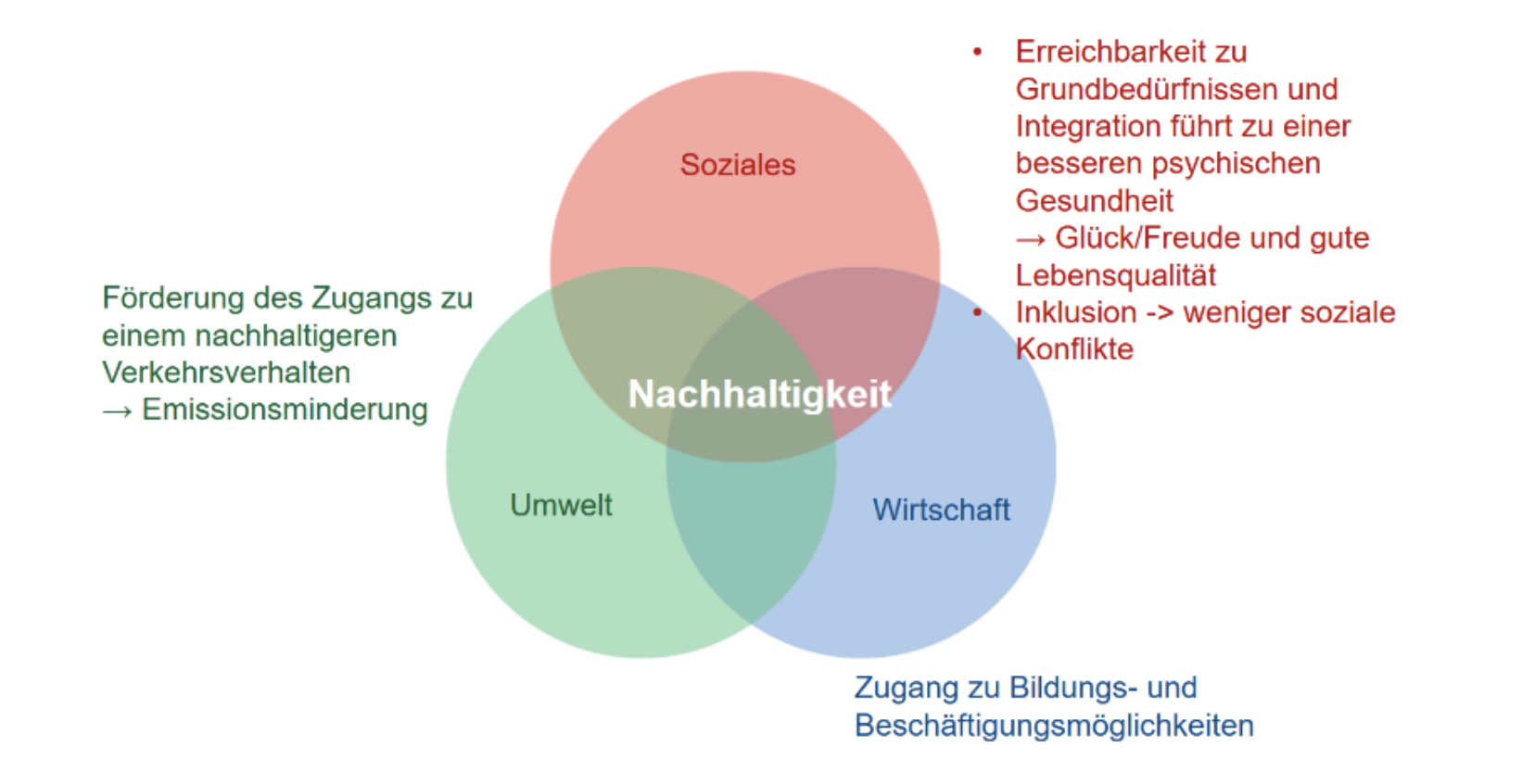
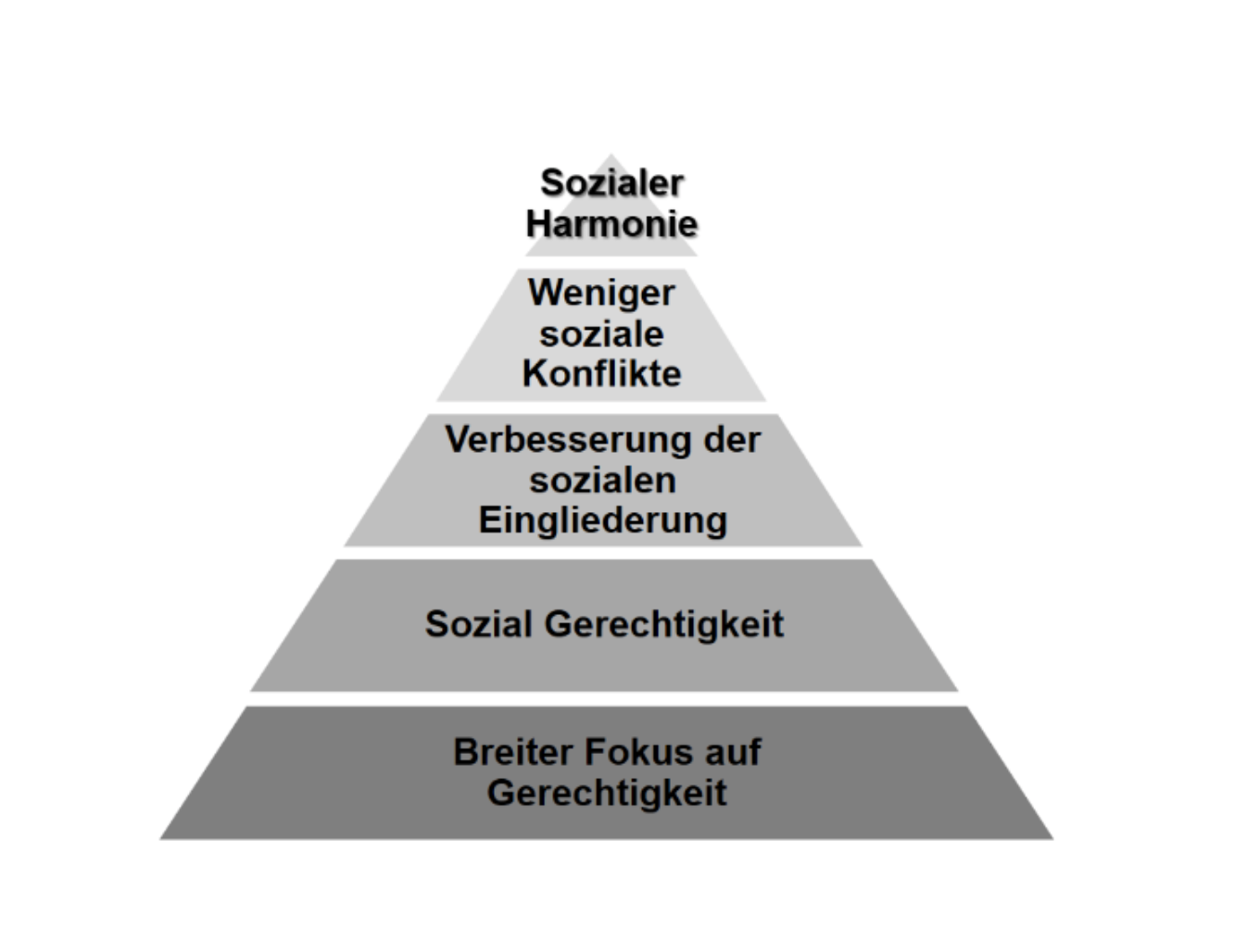
Why an atlas?
Maps play an important role in policy and decision making as they provide clear and transparent indicators, visualize disparities and show complex spatial relationships. The use of maps promotes active stakeholder participation and optimizes policy making for a sustainable and equitable society.
Why a mobility (in)justice atlas?
To combat mobility inequalities, the first step is to identify them. The Mobility (In)Equity Atlas aims to highlight the most critical areas of transportation poverty where socially disadvantaged groups live in transport-deprived areas.
What is shown in the atlas?
There are several criteria for social and transportation disadvantage. To select the most representative categories, we conducted a workshop attended by representatives from academia, government, practitioners and institutions representing minorities.
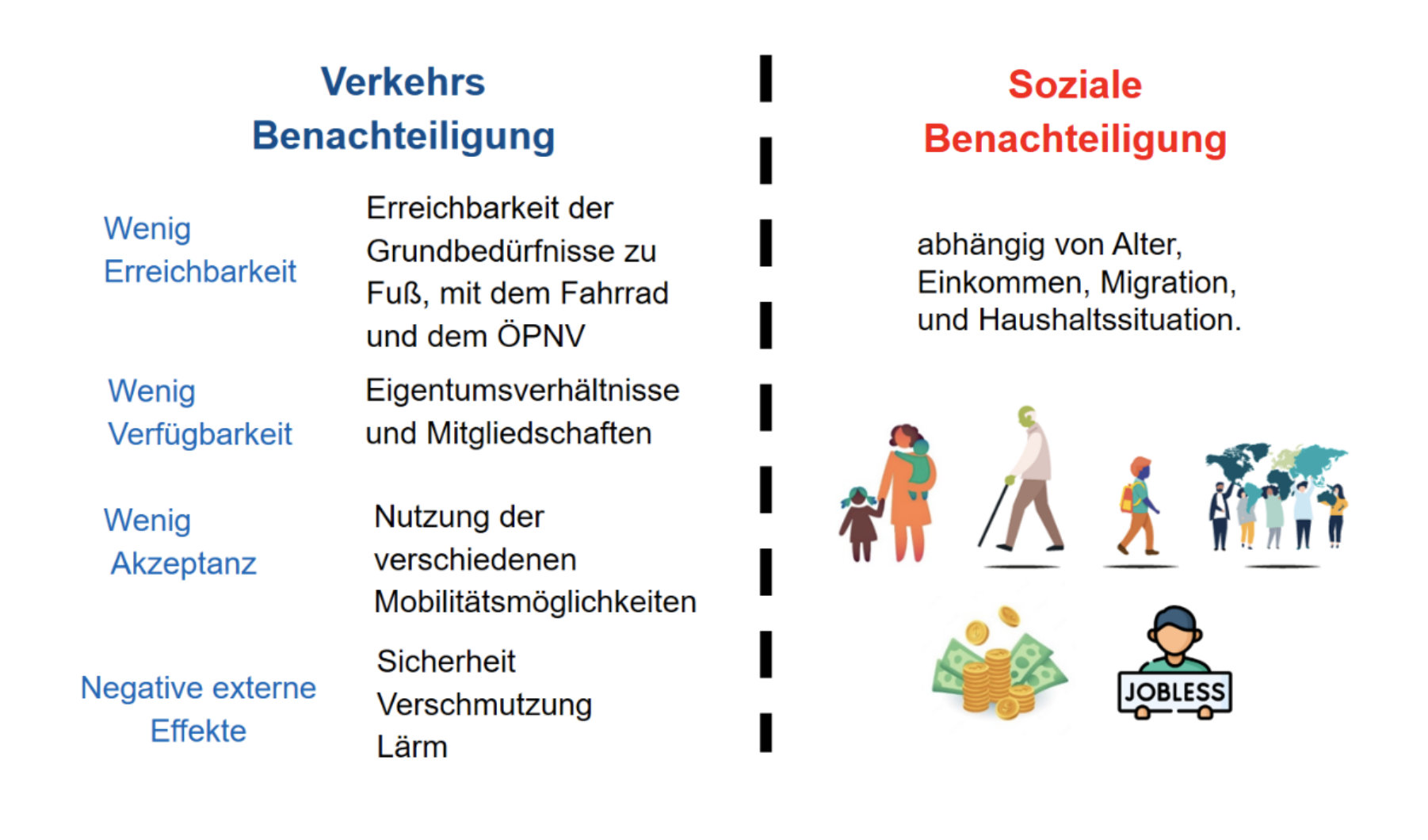
The atlas will show combinations of categories, for example: low accessibility where older people live, low availability where migrants live, a high number of accidents where families with children live.
Accessibility Example: Low appreciation of accessibility to health services and where older people live
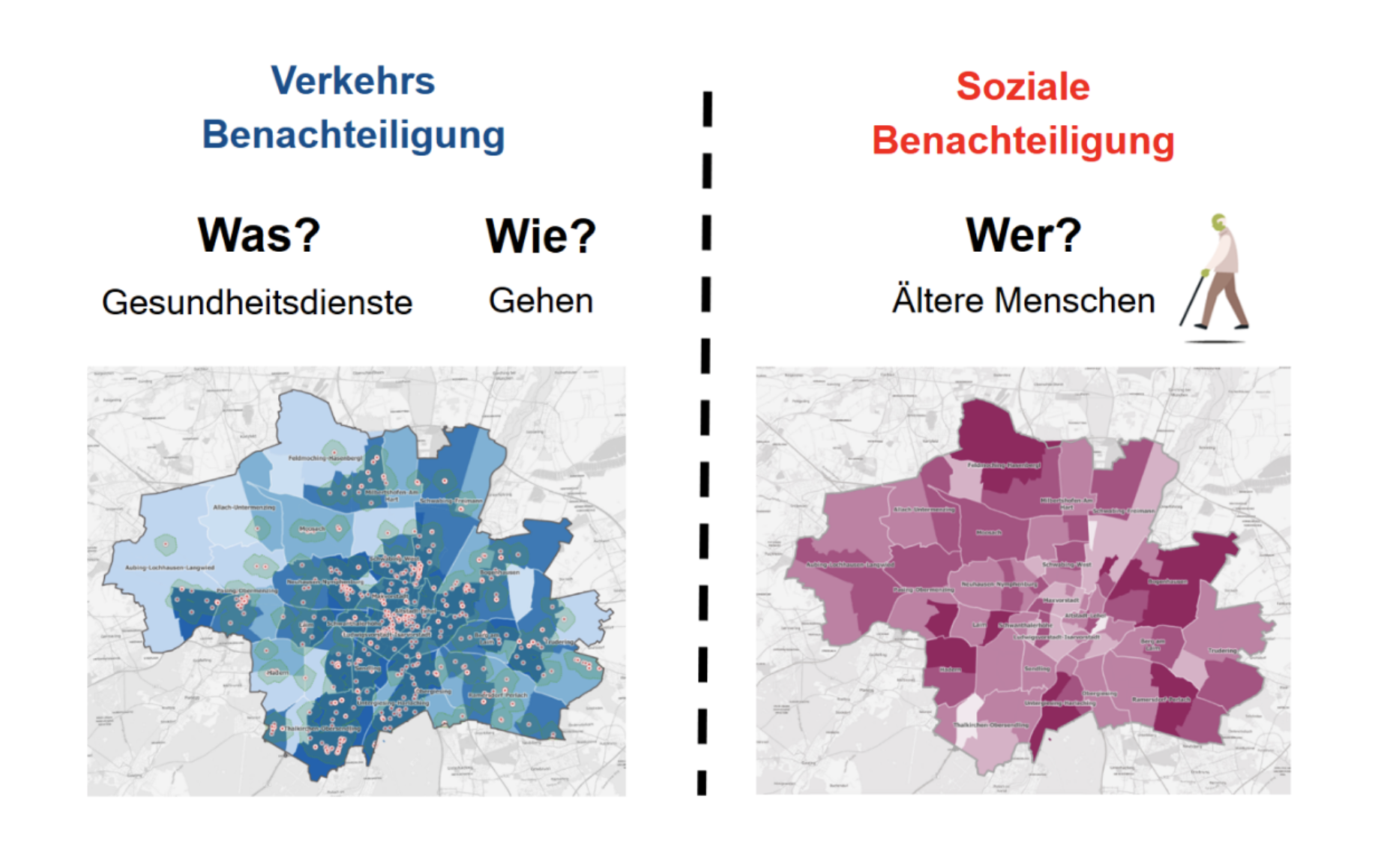

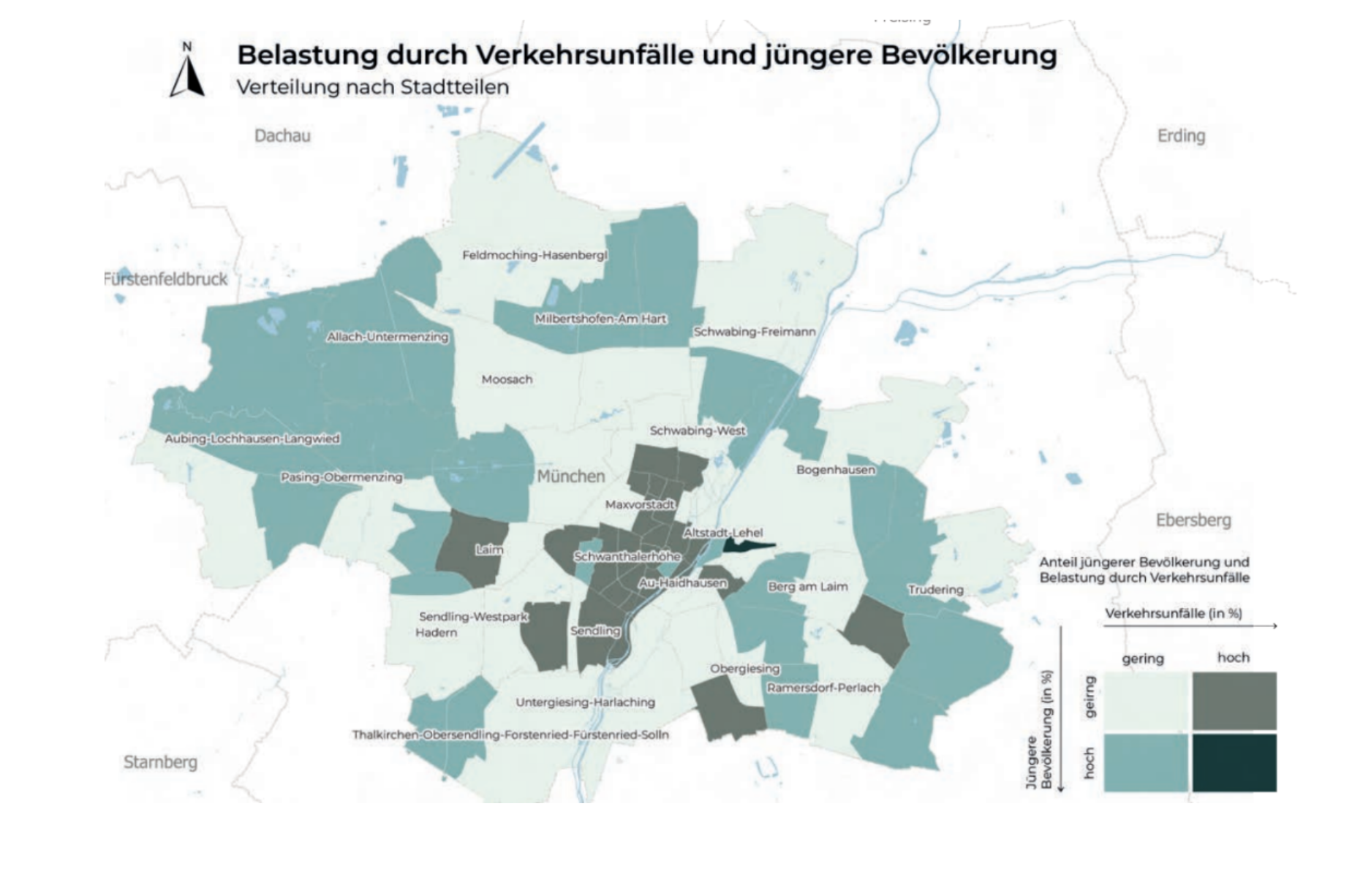
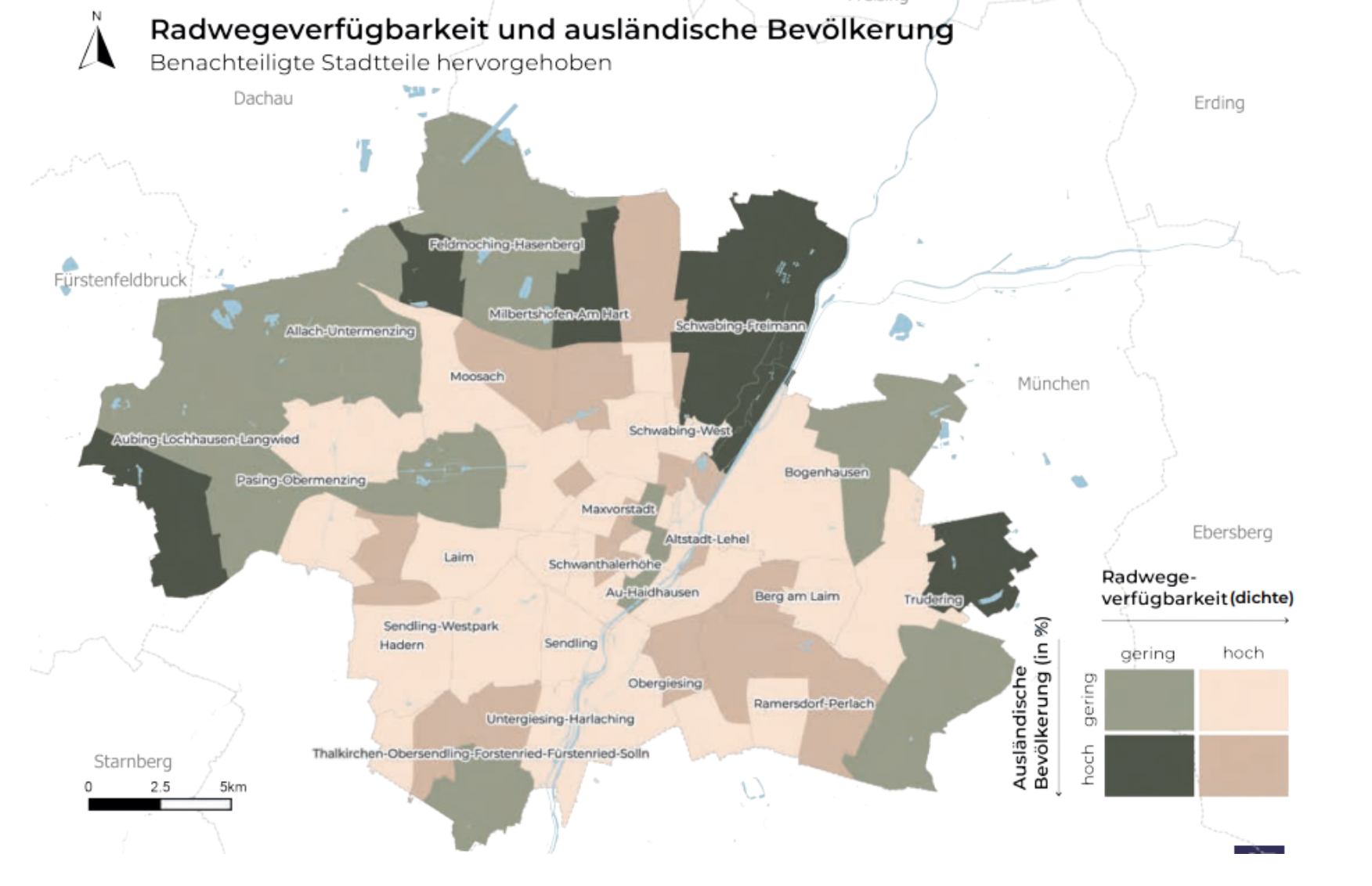
How do you use the atlas?
To summarize, you can check the table for critical values where the values are closer to -100; the closer they are to -100, the more critical the relationship is in Munich (step 1). If you find a relationship, you can check it in the summary table (step 2) and finally search for the required map (step 3).
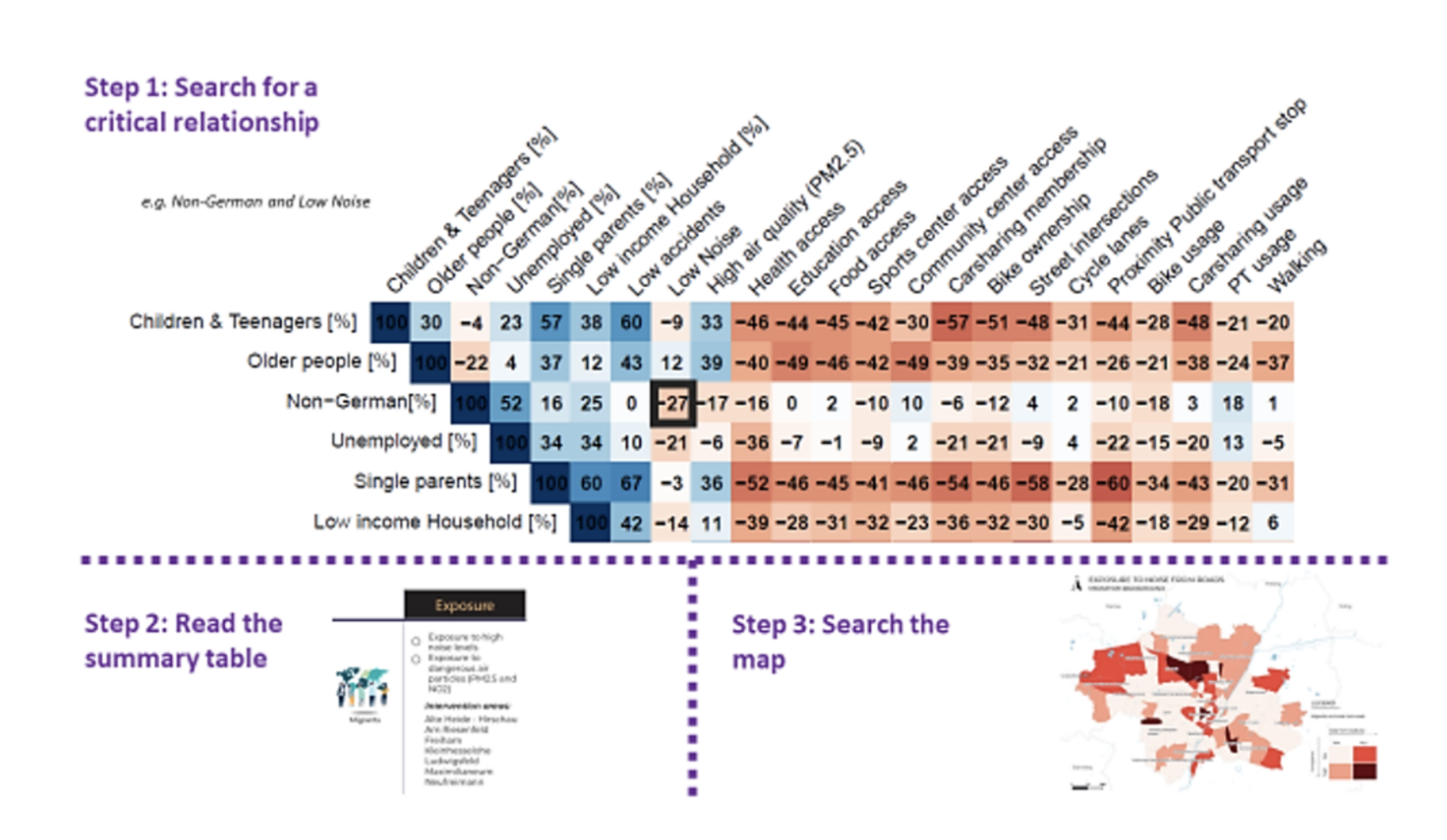
We also show some examples of neighborhood summaries in a radar plot, for example Berg am Laim Ost.
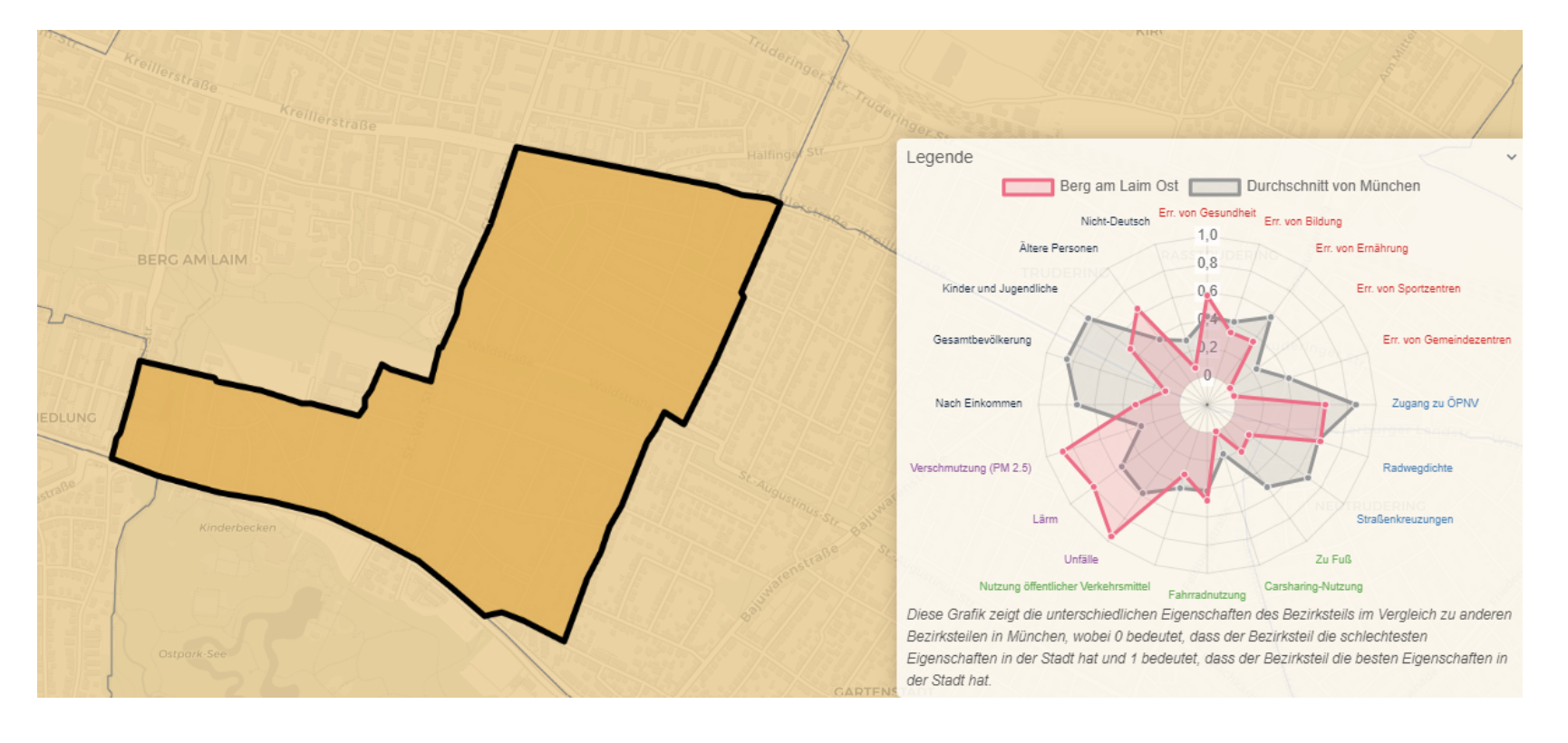
A summary map is provided on which all socially disadvantaged groups and the transport disadvantages are overlaid.
How can mobility data and simulations make cities more liveable - and make change visible and tangible?
The MCube Consulting study shows how the Olympic Games could have a sustainable impact on Munich in terms of sport, society and the environment - something that has already been picked up on by many media outlets.
Munich is considering an Olympic bid - our study shows what opportunities and challenges the Games could bring for the economy, environment and society.
How do we want to move tomorrow? This question was the focus of the Citizens Lab at Marienplatz for six days.
The visual utopian Jan Kamensky presented his latest vision in cooperation with the Munich S-Bahn.
Carolin Zimmer from the Chair of Settlement Structure and Transport Planning and Sebastian Preiß from the Hans Sauer Foundation explain in an interview what the project has achieved and what makes it special.
Major award for a strong team: MCube Consulting receives the Innovation Award of the City of Munich - for a solution that reduces administrative workload, improves security and shows how research enables real change.
If Munich bids for the Olympics again, it will not do so arbitrarily - but with vision, attitude and a clear plan.
MCube had its own stand at the trade fair and brought together over 100 mobility pioneers at the "Bridging City Innovation Ecosystems" event above the rooftops of Barcelona.
What does the bus of tomorrow need to look like to convince as many people as possible to change buses voluntarily?
No results available
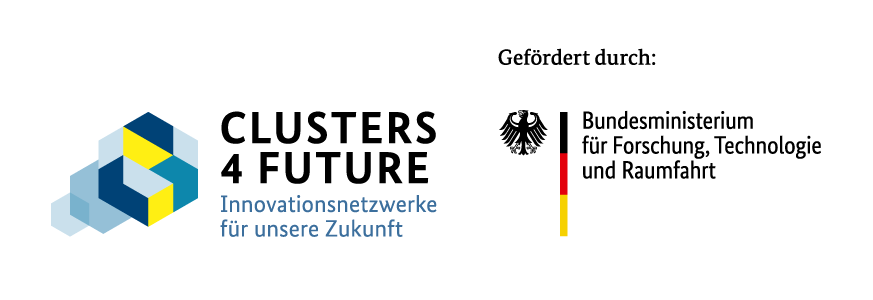
What is MOSAIQ?
Imagine something: There is more space for people. The streets have more trees and plants. Everyone can get around better. That's how your Schwabing-West district could be in the future. How would you like your district to be? We want to talk to you about it!
The project is called MOSAIQ. MOSAIQ is a research∙project. MOSAIQ means: Mobility and urban climate in the future city∙part. The Technical University of Munich is leading the project.
What is MOSAIQ about?
MOSAIQ wants to make the streets in the city∙part more beautiful. People should feel comfortable there. There should be more space. For meetings and plants, for example. You can help decide what is tried out in the Stadt∙teil. The ideas come from you. Some ideas will be tried out on the streets for a certain period of time.
The aim of MOSAIQ is to make urban districts good places to live.
At the same time, the climate in the city should improve. And people should be able to move around the city easily.
What is happening in the district?